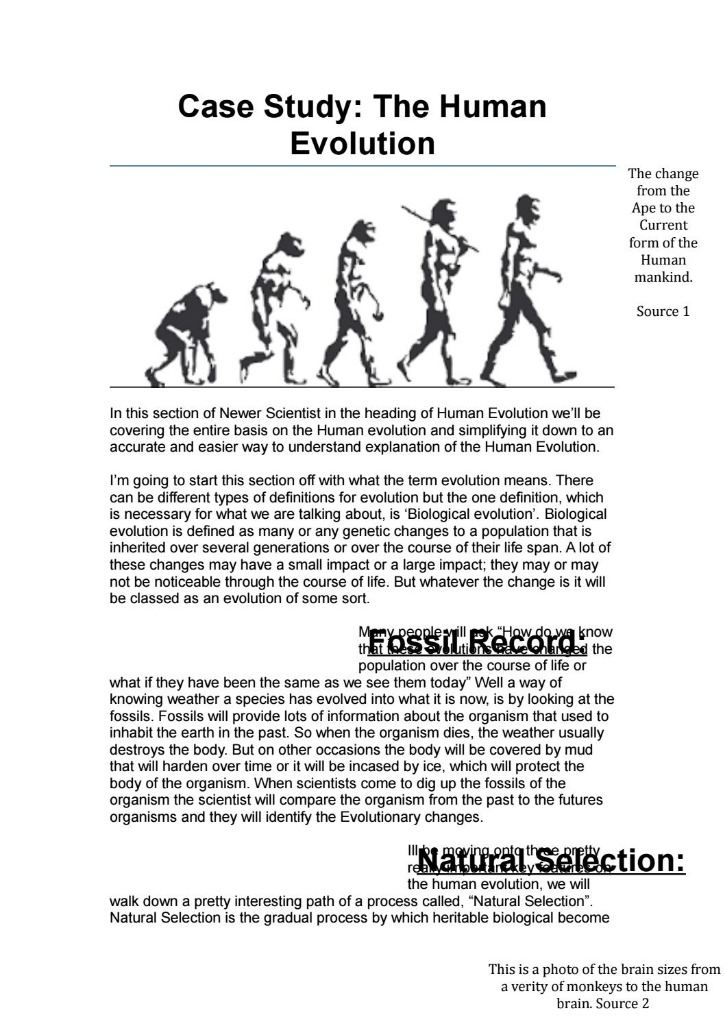But, as we’ll show, these conditions don’t necessarily improve evolvability in novel environments. Thus the general situations which favour the emergence of adaptive developmental constraints that improve evolvability aren’t well-understood. While improvement can be seen as blocking evolutionary change, development could be more specifically seen as figuring out the admissible evolutionary path. This is as a outcome of one should follow the evolution of the genotype and phenotype for a dynamically adequate phenotypic adaptive topography, and the phenotype is related to the genotype by the developmental constraint (1) alongside which evolution is allowed. Consequently, if there are not any absolute mutational constraints and no exogenous environmental change, growth and selection collectively outline the evolutionary equilibria and growth determines which of those equilibria are admissible.
In two Onthophagus species, lack of horns has been shown to considerably enhance the agility of hornless males inside tunnels, which in flip is more doubtless to improve hornless males’ capability to bypass guarding males and locate and mate with breeding females (Moczek and Emlen 2000). Although guarding males may be able to efficiently exclude a single sneaker male from entering a breeding tunnel, they are ultimately overrun by a group of challengers, permitting a minimal of one sneaker male to achieve access to and mate with the female (Hunt and Simmons 2001). Combined, the observational and experimental evidence out there to date therefore suggests strongly that horns are certainly advantageous in the equipo context of male–male competition. In horn-dimorphic species, small, hornless males commonly do not interact in extended fights with giant, horned males and as a substitute engage in various forms of nonaggressive sneaking behavior (figure 3). In some instances, sneaker males try to mate aboveground with females that emerge from breeding tunnels to collect dung for brood ball provisioning (figure three; Moczek and Emlen 2000). Searching for human-specific genes concerned in mind improvement proved challenging. One of the primary difficulties is distinguishing the expression of ancestral genes, present in all species, and human-specific genes as they are extremely related.
Such modifications usually involve enhancers, regions of DNA that management when a close-by gene is expressed, and in which part of the physique. When confronted with change, we’re forced to think exterior the box and find new solutions to problems. By embracing adaptation, we open ourselves up to new ideas and views, fostering an environment comunidad of innovation. For instance, the rise of distant work during the pandemic necessitated firms to adapt their operations and discover creative methods to collaborate just about. This led to the event of new tools and applied sciences, finally revolutionizing the way we work.
Development determines the path
The largest-of-the-large sauropods had in one other way formed tooth and heads and distinctively proportioned our bodies, indicating that these herbivorous dinosaurs ate totally different plants and lived in subtly totally different habitats. In other words, like sauropods generally, the heftiest sauropods occupied somewhat completely different ecological niches from one another. Because the amount of weight supported by a column will increase with thickness, we will estimate the mass of a sauropod based on the cross-sectional space of its limb bones. About 200 of the 250 sauropod species on report are recognized from fossils that include limb bones complete sufficient to measure this manner. If you are enjoying this article, consider supporting our award-winning journalism by subscribing.
How human brain development diverged from great apes
The dependence of the respective errors on evolutionary time are shown in Fig three. Natural choice initially improved the match of the phenotypic distributions to each distributions of previous and future selective environments. Then, while the match colaboraciones to previous selective environments continued enhancing over evolutionary time, the fit to potential, however yet-unseen, environments began to deteriorate (see also Fig B in Supporting Figures in S1 Appendix).
Inductive biases can nevertheless constrain phenotypic evolution into more promising instructions and exploit systematicities within the setting when opportunities arise. We find that organisms with developmental organisations evolved in noisy environments or the parsimony pressure on the cost of connections adapted sooner than those in the management state of affairs (Fig 5). This corresponds to the missing phenotype from the class we noticed above within the developed phenotypic distributions induced by development (Fig 2e, 2f and 2g). In all these three circumstances development allowed for the manufacturing of the identical set of phenotypic patterns. Yet, developmental constructions developed in the presence of environmental noise or underneath the strain for weak connectivity exhibited larger adaptability as a outcome of their larger propensity to produce other phenotypes of the structural household. In particular, we see that for the developmental process developed underneath the strain for sparsity, the rate of adaptation of the organisms was considerably improved. The variability construction developed beneath sparsity to completely symbolize the practical dependencies between phenotypic traits.






